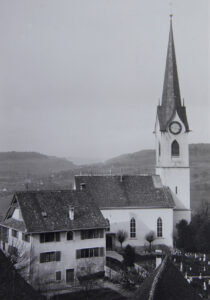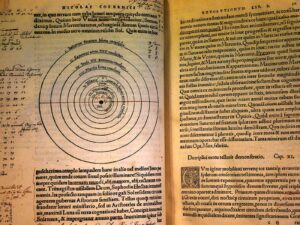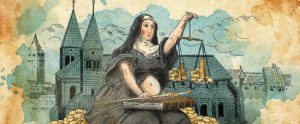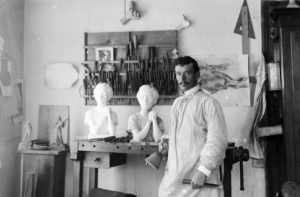
Reformation in the countryside
While Zwingli was preaching the Reformed faith in Zurich in the 16th century, the altered circumstances of life led to frictions in the countryside on a greater and lesser scale.


Priests in love and fickle congregations
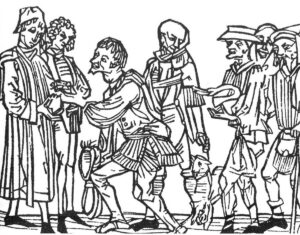

Struggle and every soul
